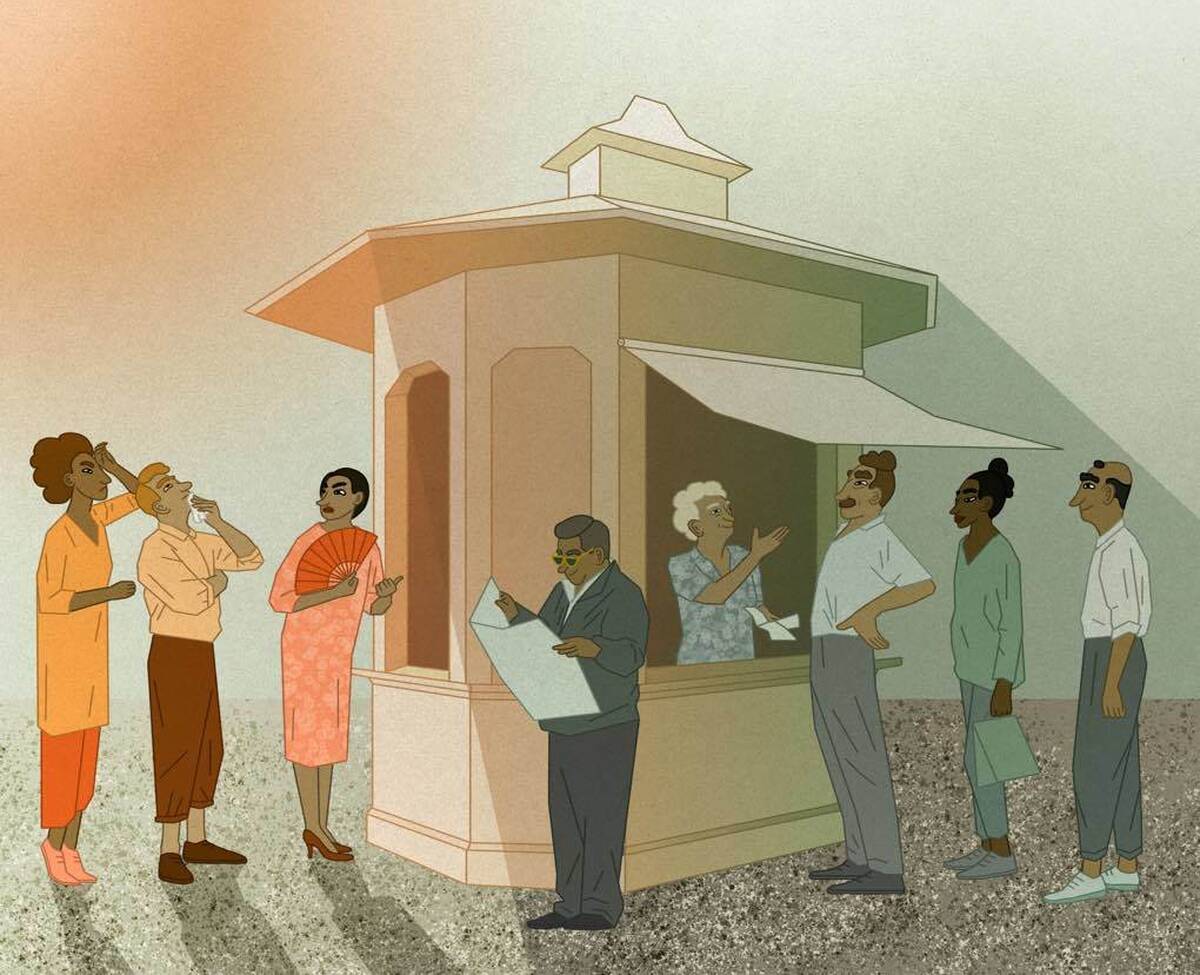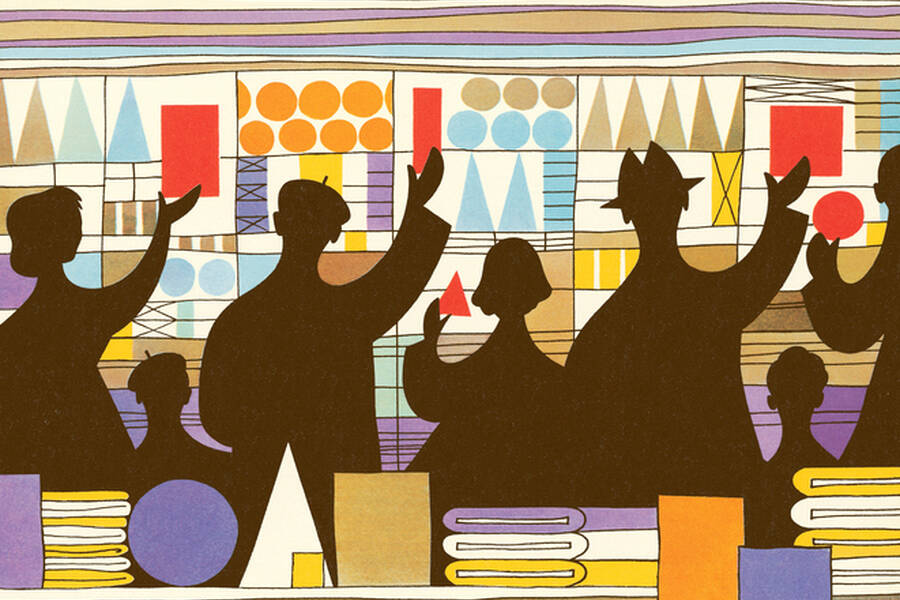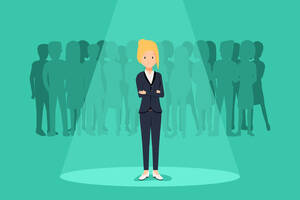Here is a sampling of research from Kellogg professors to help you figure out where to go and what to expect as you travel. Bon voyage!
So, where should you go?
Sure, some of us are perennial beach people and others are always up for an adventure. But your choice of locale can also be influenced by the state of mind you’re in when you book your trip.
Derek Rucker and a coauthor found that feeling angry as compared to feeling sad can influence a person’s choice of destination.
Previous research had shown that some emotions, such as anger and anxiety, involve a state of high psychological and physiological arousal, for example, an increased heart rate. Other emotions, such as sadness and depression, involve a state of low arousal.
So Rucker hypothesized that emotions with high arousal levels may signal a desire for activity, leading people to prefer action-oriented activities, while emotions with low arousal levels would lead to a preference for more passive activities.
To test this, the researchers had college students read pretend magazine articles meant to induce either anger or sadness. Participants were then presented with advertisements for two vacation resorts in Orlando. One was described as a relaxing spot, the other as an active destination. Participants then rated their preferred vacation.
Indeed, those who had read the anger-inducing article preferred the active resort while those who had read the sad article gravitated toward the relaxing one. So if you’re trying to persuade your partner to go skydiving on your next trip, maybe refuse to do the dishes for a week.
It’s time to research hotels. One promising lodge says it is one of the top ten for your destination. Another one nearby says that it’s in the top nine. Which one are you drawn to?
Research from marketing professor Kent Grayson and colleagues shows that the incongruousness of a top-nine list means consumers are more likely to favor a top-ten product despite that chance that it is actually worse than the other option.
The researchers found that consumers tend to prefer a select set of numbers that marketers use all the time—ten, twenty, twenty-five, fifty, a hundred. This predilection is so strong that a weaker claim—top ten—can beat out a stronger one—top nine. Grayson and his colleagues call this the “comfort tier” effect.
While the comfort-tier phenomenon may seem strange, Grayson and his colleagues uncovered a sound explanation. Consumers have become accustomed to certain boundaries, so they give them little thought other than to simply accept that the product is among the best. This acceptance is exactly what marketers want.
But when a marketer chooses an unexpected boundary—top seven or top sixteen, for example—the strangeness makes consumers stop and think. And that pause is what matters.
“It’s as if somebody pronounced a word wrong,” Grayson says. This momentary pause leads consumers to evaluate the marketer’s intentions. They might try to tabulate the product’s precise rank. “It doesn’t take much for us to start reverse engineering what the marketer has done,” Grayson says.
Now it’s time to book your flight. And up pops the notice about the dreaded baggage fee.
While they are an annoyance for most travelers, these fees prompted a research study for Martin Lariviere and Achal Bassamboo, both professors of managerial economics and decisions sciences, and a colleague. They tested whether the extra fees help shape consumer behavior.
There are, essentially, two possible rationales for these fees. One is that they lower airlines’ operating costs by shaping travelers’ behavior so they only bring carry-on bags. The other is that they allow airlines to charge different customers different prices according to customer characteristics.
To test these rationales, the researchers built an economic model of airline pricing and baggage fees. They found that this latter rationale does not hold up in practice. (Check out the article to see why.)
However, they did find evidence for the former rationale. Explicitly charging for ancillary services like baggage rather than bundling the cost into the ticket price is an effective way to shape customers’ behavior and lower the airlines’ operating costs, since airlines need fewer check-in staff and luggage handlers, and planes use less fuel.
Perhaps you’ll decide to drive to your destination. You probably didn’t know that the gas stations you will pass reveal an interesting economic lesson about demand shocks.
Demand shocks represent a sudden rise or drop in consumers’ desire to purchase a good or service. Empirical evidence of how companies and industries respond to demand shocks is hard to come by in large part because shocks, such as a particularly effective advertising campaign, happen everywhere at once.
Strategy professor Thomas Hubbard found inspiration for a way to study demand shocks in memories of family vacations.
“When I was a kid riding in the car to Florida, I-95 wasn’t completed yet, and we had to take side roads,” he says. What, he wondered, happened to the gas stations in towns after the interstate arrived? “I realized that these were demand shocks.”
Studying demand shocks to gas stations during the construction of the interstate highway system was useful because “they’re observable many times over many years in many regions,” Hubbard says.
He combined government data on gas stations with data on when every mile of the interstate opened. He also poured over old maps to figure out what the best route was between two cities in the 1950s, before the interstate arrived, then measured how far that route was from the new interstate.
Hubbard found that when interstates were built close to existing roads, gas stations responded to the increased demand by expanding in size and hiring more employees, but few additional stations were built. When a new interstate opened several miles or more from the previous highway, entirely new gas stations opened up to service the demand, but the size of existing stations stayed the same.
The results suggest that entry opportunities in expanding markets are not as simple to exploit as they might seem.
“You have to pay attention to where the demand growth is happening,” he says. “If you have more customers demanding the same stuff than they did before—like more drivers stopping for gas on an interstate very close to an existing highway—this doesn’t represent a great chance for new firms to come in. If you want to meet that additional demand, you’re probably going to have to replace one of the existing firms, not coexist with it.”
Ahhh, you’re finally where you want to be. Did you go somewhere toasty? If so, you might be disappointed in the customer service you experience there.
That’s what Maryam Kouchaki and a coauthor found when comparing customer service data from two summers in Moscow—one of which had a heat wave that kept temperatures over 100 degrees Fahrenheit for weeks. The following summer, temperatures returned to normal.
Kouchaki and a coauthor wondered whether “prosocial” behaviors—helpful, ethical acts for which people are not explicitly rewarded—took a hit during the sweltering temperatures.
Indeed, they found that customer service was far worse in Moscow stores during the hot summer. After controlling for the number of sales staff on duty, the researchers found that employees were more than twice as likely to offer help to customers during the cooler summer than during the sweltering one.
The deleterious effects of heat are not limited to customer service. The researchers found that high temperatures also impact the prosocial behaviors of college students sitting in classrooms. They were less likely to volunteer to fill out an optional survey if they were in a toasty room.
“People know they are expected to display positive attitudes and help the client or their instructor,” Kouchaki says, “but because of discomfort, your cognitive resources are depleted, so you have less ability to regulate your emotions.”
In other words, with your mind so preoccupied with its own comfort, your self-control plummets, making it harder to muster the good will it takes to help others.




